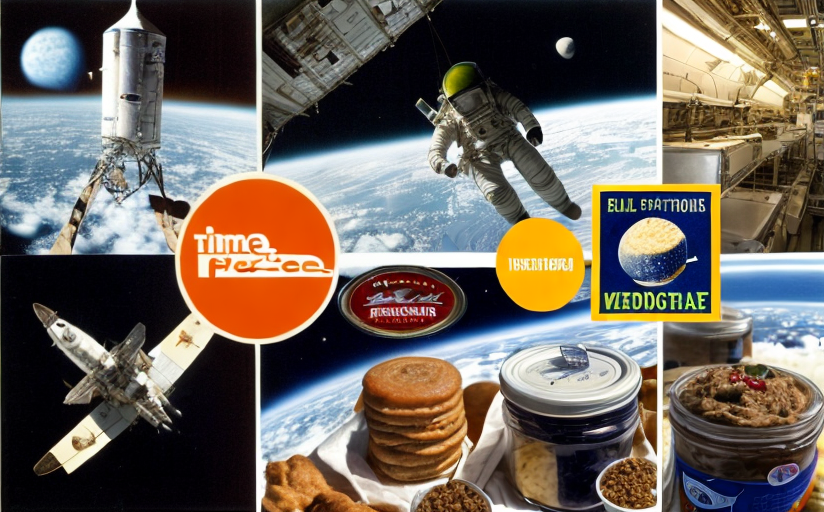The Intriguing World of Space Exploration: A Look into the History and Evolution of Astronaut Food
Astronaut food has a fascinating history that intertwines with the trajectory of mankind's space exploration endeavors. Devising food that could withstand the rigors of space posed an initial challenge for scientists; nutrition, preservation, packaging and consumption had to be conducted in a completely new non-gravitational theatre.
The Initial Challenges and Evolution
In the era of the first space flights, the food was primarily dehydrated, required the addition of water in space, and was squeezed out of aluminum tubes akin to toothpaste tubes. The taste, variety, and quality were limited, and the food usually bore little resemblance to conventional meals. Meeting the nutritional parameters, particularly in preserving the necessary vitamins and minerals, was a significant challenge.
Advancements and Changes
As space missions progressed from hours to days and eventually months, ensuring the palatability and variety of space food became imperative for the astronauts’ psychological wellbeing. This led to substantial improvements in the quality of space food as the decades passed. These enhancements were partly made possible by advancements in food preservation technology, notably freeze-drying and thermostabilization methods.
Each spacecraft kitchen, from Mercury to the International Space Station (ISS), reflects these advancements. The ISS even boasts a food lab to trial and perfect new dish formulations.
International Contributions
The ISS has seen contributions and collaborations from different nations, including Russia, Japan and European countries, all bringing their unique culinary heritage to the scientific table. This has resulted in an ample variety of meals, snacks and drinks available.
Current State and Future Directions
Today, astronaut food closely resembles regular meals consumed here on Earth, both in taste and appearance. The food is packaged in vacuum-sealed pouches, to be eaten directly or rehydrated with available water on the spaceship.
Looking towards the future, as we consider long-term space missions, perhaps to Mars and beyond, even more innovation will be required. Cultivating fresh food in space, supplementing diets with autonomously grown crops and utilizing nutritional genomics to tailor diets are some of the concepts under investigation.
The Merge of Science and Dining
Indeed, the history of astronaut food is not solely a tale of scientific innovation, but also a testament to our adaptability. From aluminum tubes to vacuum-sealed, globally influenced meals, the cuisine of the cosmos promises to continue captivating us just as much as the stars.

















Comments
Leave a Comment